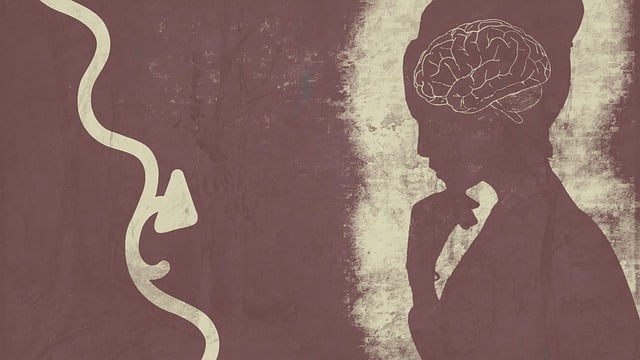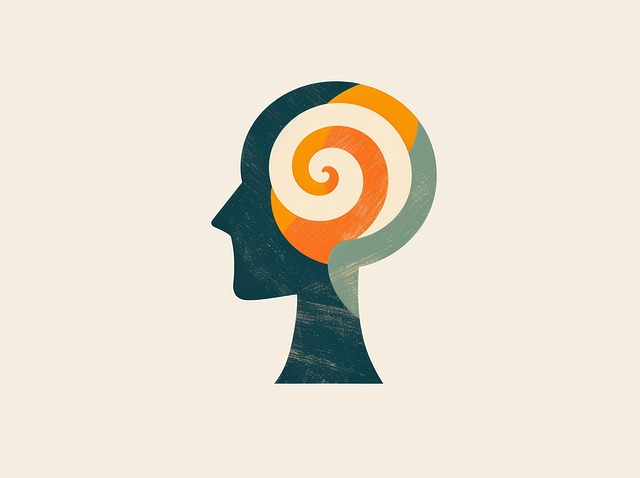Mental health professionals specializing in therapy for young children phobias face unique challenges, particularly in risk management due to children's vulnerability and developing cognitive abilities. Effective strategies include play therapy, creative expression, and positive thinking exercises tailored to their age. A Comprehensive Risk Assessment Framework, self-care practices, and regular reassessments are vital for identifying and mitigating risks. Robust safety protocols, including crisis intervention and data security, prevent burnout and enhance therapeutic outcomes. Professionals should adopt a flexible approach with continuous monitoring, structured journaling, and staying current in research and best practices to foster positive results in therapy for young children phobias.
Mental health professionals face unique challenges when managing risks within therapy sessions, especially when treating young children. This article guides practitioners through a comprehensive risk management planning process tailored to this vulnerable demographic. We explore specific risks associated with pediatric therapy, including phobias, and provide strategies to identify and mitigate triggers. By establishing a robust risk assessment framework, implementing safety protocols, and adopting continuous monitoring techniques, professionals can ensure secure and effective therapeutic environments for young clients dealing with phobias.
- Understanding Risks Specific to Young Children in Therapy
- Identifying Potential Phobia Triggers and Mitigating Factors
- Developing a Comprehensive Risk Assessment Framework
- Implementing Safety Protocols for Effective Risk Management
- Continuous Monitoring, Evaluation, and Adaptation Strategies
Understanding Risks Specific to Young Children in Therapy

Mental health professionals who specialize in therapy for young children face unique challenges when it comes to risk management. Understanding the specific risks associated with this age group is paramount for effective risk mitigation strategies. Young children, by nature, are more susceptible to developing phobias and anxiety disorders due to their developing cognitive abilities and limited coping mechanisms. They may struggle to express their emotions verbally, leading therapists to rely heavily on non-verbal cues and observation skills.
One of the key considerations in therapy for young children is fostering positive thinking and self-awareness exercises tailored to their age. Burnout prevention strategies for healthcare providers are also essential, as working with this vulnerable population can be emotionally taxing. Through a combination of play therapy techniques, creative expression, and gentle guidance, therapists can create a safe space that encourages exploration and healing while minimizing potential risks.
Identifying Potential Phobia Triggers and Mitigating Factors

Mental health professionals frequently encounter clients with various phobias, including those specific to young children. Identifying potential triggers is a crucial step in risk management planning. Common phobia triggers in therapy settings may include exposure to certain themes or objects associated with traumatic past experiences, such as animal phobias stemming from early encounters. Understanding these triggers is essential for creating a safe and supportive environment.
To mitigate these factors, professionals can employ various techniques. This might involve incorporating Emotional Well-being Promotion Techniques into therapy sessions, such as mindfulness practices and cognitive reframing strategies. Additionally, organizing Stress Management Workshops for healthcare providers can enhance their resilience and Burnout Prevention Strategies, ensuring they are better equipped to support clients effectively.
Developing a Comprehensive Risk Assessment Framework

In the realm of mental health professionals, particularly those specializing in therapy for young children and phobias, a Comprehensive Risk Assessment Framework is an indispensable tool. This framework should encompass a multifaceted approach that delves into various aspects of the client’s psychological and social landscape. By integrating Self-Care Practices and Self-Awareness Exercises into their routine, therapists can enhance their ability to identify potential risks and proactively mitigate them. A well-designed Mental Health Education Program, tailored to both professionals and clients, further fortifies this process by promoting a culture of awareness and resilience.
The framework should include systematic methods for evaluating not just the child’s current mental state but also their historical experiences, family dynamics, and environmental factors. By considering these elements holistically, therapists can better understand the complex interplay of influences that may contribute to or exacerbate phobias in young clients. Regular reassessments, coupled with ongoing Self-Awareness Exercises, ensure that the plan remains dynamic and responsive to the evolving needs of both the therapist and their patients.
Implementing Safety Protocols for Effective Risk Management

Implementing Safety protocols is a cornerstone of effective risk management for mental health professionals, especially when working with vulnerable populations like young children suffering from phobias. These protocols ensure a structured approach to identify and mitigate potential risks within the therapeutic environment. By establishing clear guidelines for patient interaction, crisis intervention strategies, and data security measures, therapists create a safe space conducive to healing.
For therapy focusing on young children’s phobias, specific protocols can include regular risk assessments tailored to each child’s unique needs, emergency contact lists, and evidence-based resilience building techniques. Additionally, promoting emotional well-being through self-care routine development for both the therapists and their young clients can prevent burnout and enhance the overall therapeutic experience, fostering a more supportive and effective treatment environment.
Continuous Monitoring, Evaluation, and Adaptation Strategies

Mental health professionals must embrace a dynamic approach to risk management, implementing strategies that allow for continuous monitoring and evaluation. This involves regularly assessing client progress, identifying any emerging risks or changes in their mental state, and adapting treatment plans accordingly. For instance, when treating young children with phobias, therapy sessions could incorporate structured journaling exercises to track fears and anxiety levels over time. Such practices provide valuable data for professionals to make informed decisions and ensure the effectiveness of interventions.
Moreover, continuous adaptation requires a commitment to staying current with research and best practices in mental wellness guidance. Regularly reviewing clinical literature and participating in professional development opportunities enable therapists to incorporate innovative strategies into their risk management planning. This ongoing process ensures that treatment methods remain relevant and effective, fostering positive outcomes for young clients navigating various phobias and anxiety-related issues.
Mental health professionals play a vital role in helping young children overcome phobias through therapy. To ensure safe and effective practice, it’s essential to implement robust risk management planning that considers the unique risks associated with this age group, such as triggers related to specific phobias they may encounter during sessions. By identifying potential triggers and implementing comprehensive risk assessment frameworks, safety protocols, and continuous monitoring strategies, professionals can create a supportive environment that fosters healing while minimizing risks. This approach, tailored for Therapy for Young Children Phobias, not only protects clients but also strengthens the therapeutic bond.













